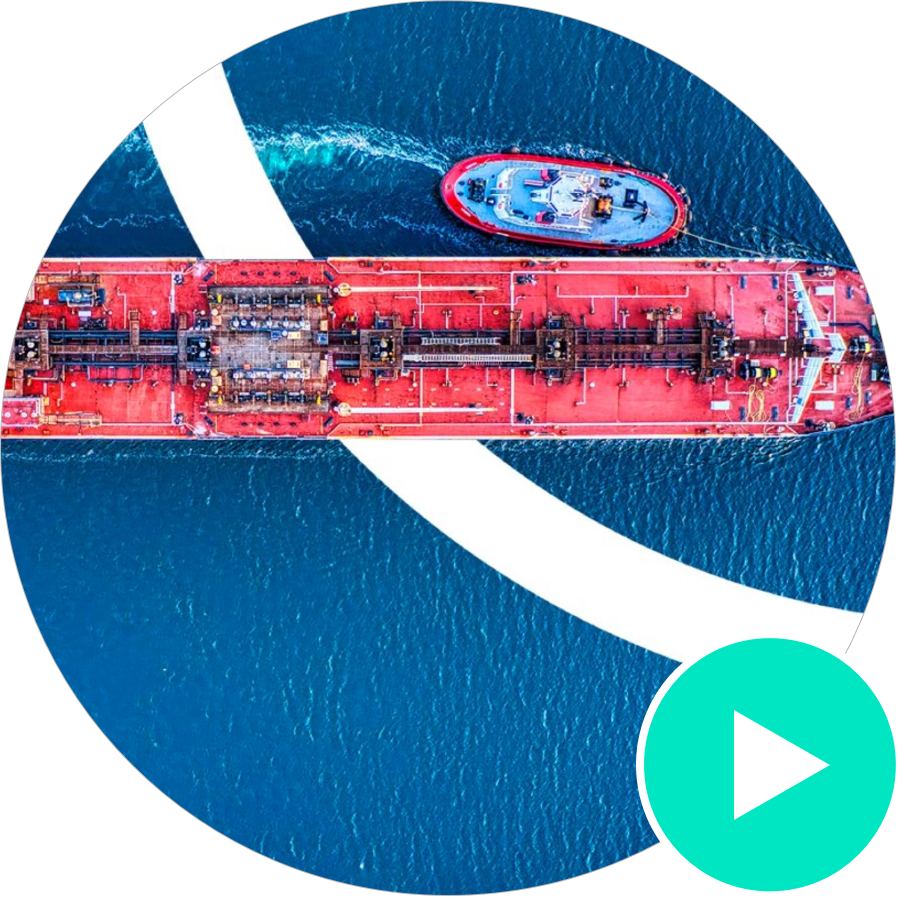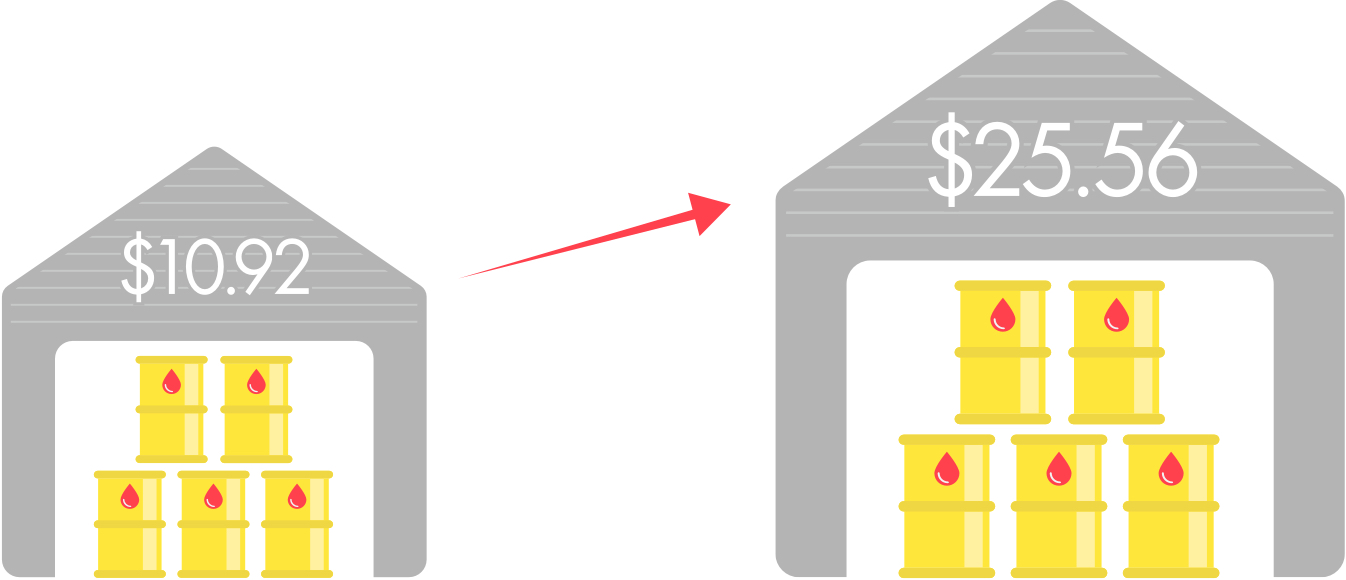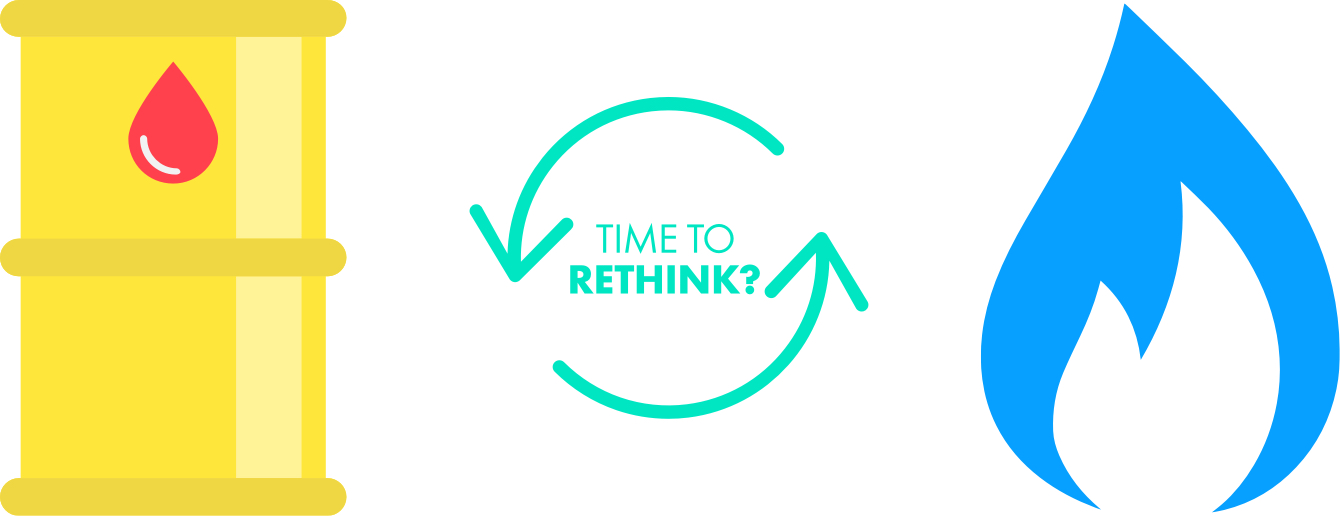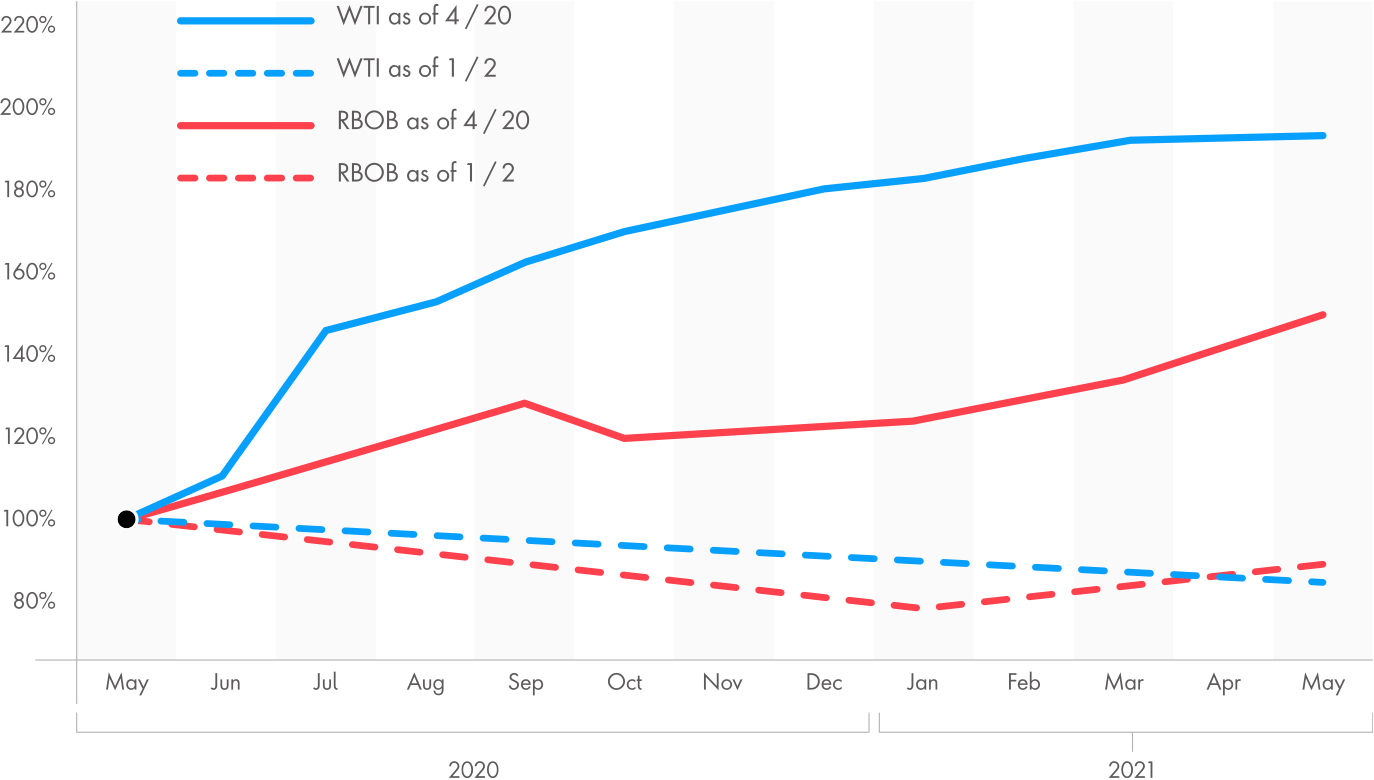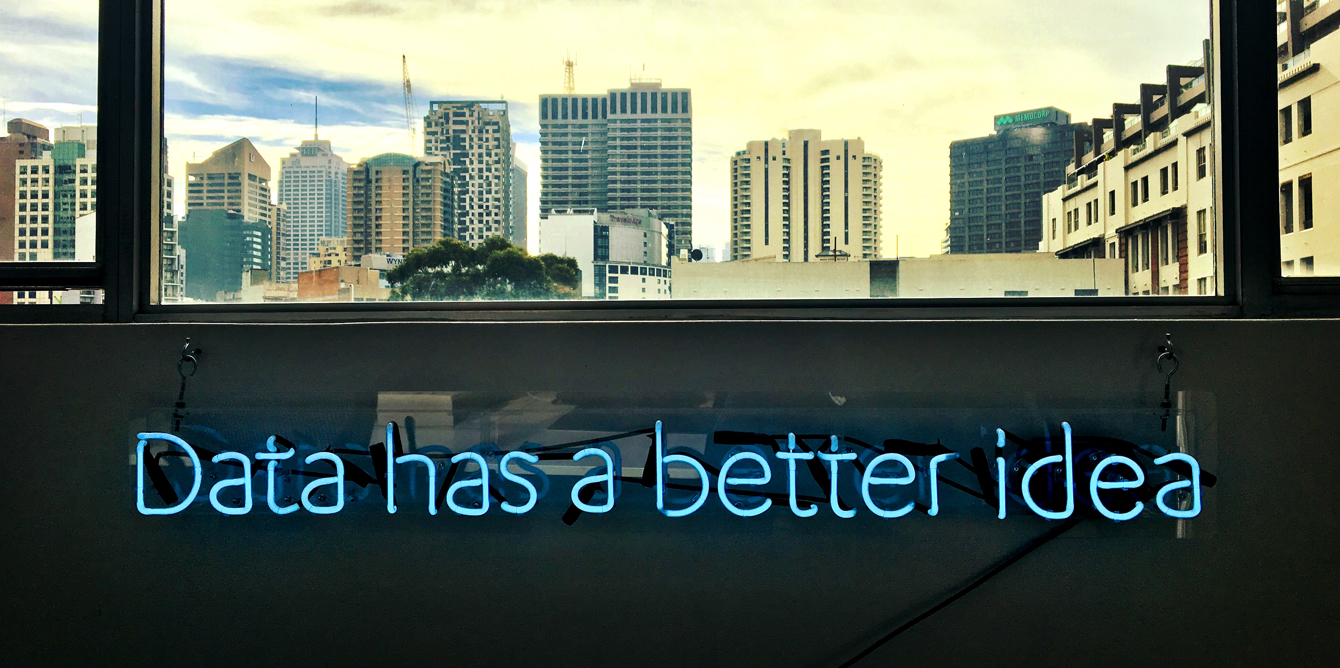The unique predicament facing oil and gas
For example: the outbreak of Covid-19 has caused a dramatic drop in demand for oil products, affecting the entire oil and gas sector. Many governments have initiated “sheltering-in-place” orders, limiting the need to drive cars and trucks, drastically reducing air travel, and relaxing existing environmental or protectionist laws such as IMO 2020 or the Jones Act. This has come at the same time as industry-specific volatility in the form of a production conflict between Saudi Arabia and Russia, causing additional downward pressure on prices. OPEC+ has tried to resolve the oversupply situation, but it is not clear if these production cuts are significant enough to substantially raise prices. At the time of this writing, May WTI had fluctuated in the negatives days before expiry, and prices for June were well below $20.
This leaves the oil and gas industry in a more volatile and uncertain situation than other industries. Jet and gas demand and prices are plunging while diesel remains less affected, leading to huge variation in demand mix and gaping price differentials. VLCC rates’ volatility is skyrocketing due to Saudi demand and need for storage, doubling to $25.56/mt in March, compared with $10.92 in the previous week. In addition, forward curves are fluctuating rapidly due to the constant flow of new information regarding COVID-19 recovery.









